Does the age at surgery and the use of intraocular lens (IOL) implants influence outcomes?
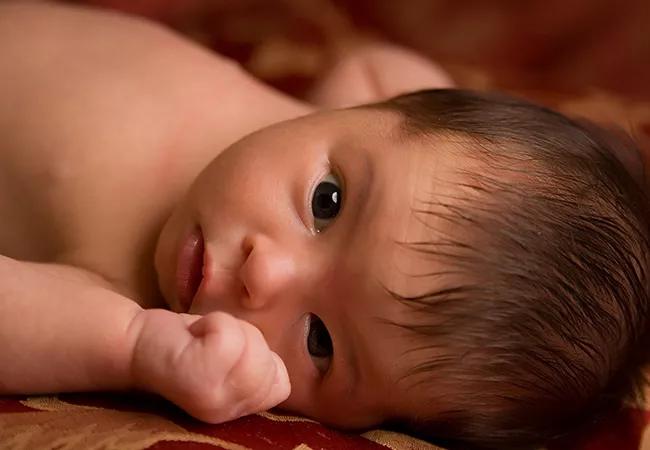
The optimal age for the use of intraocular lens (IOL) implants in a child who has bilateral cataracts and is undergoing cataract surgery is not well-described. A recent study evaluates data from a cataract surgery registry to understand possible associations between age during the procedure and adverse events.
Advertisement
Cleveland Clinic is a non-profit academic medical center. Advertising on our site helps support our mission. We do not endorse non-Cleveland Clinic products or services. Policy
Elias Traboulsi, MD, M.Ed, pediatric ophthalmologist at Cleveland Clinic Children’s, is a coauthor on the study.
The Toddler Aphakia and Pseudophakia Study (TAPS) registry was established to investigate the outcomes of cataract surgery in infants who were operated on by a group of surgeons from 10 institutions in the U.S., the same group who had previously participated in the Infant Aphakia Treatment Study (IATS). The latter study compared the outcomes of infants under the age of 7 months whose unilateral cataracts were removed and they were either 1) left aphakic and wore a contact lens or 2) they received an IOL at the time of surgery.
In this study, the research team investigated outcomes and adverse events in children ages 7 to 24 months, enrolled in the TAPS registry between 2004 and 2010, who underwent bilateral cataract surgery, with or without IOL placement, and had five years of follow-up. The sample size included 76 eyes of 40 children, and 11 months was the median age at the time of surgery.
Advertisement
The data from this study indicate a low rate of visual axis opacification (VAO) and very rare glaucoma, as opposed to infants with cataracts operated on earlier than 7 months of age. Primary IOL implantation was chosen by surgeons in most infants in the 7 to 24 months group. This study further supports that the use of an IOL increases the risk of VAO irrespective of patients’ age at the time of surgery.
Reference
Bothun ED, Wilson ME, Yen KG, Anderson JS, Weil NC, Loh AR, Morrison D, Freedman SF, Plager DA, Vanderveen DK, Traboulsi EI, Hodge DO, Lambert SR; Toddler Aphakia and Pseudophakia Study. Outcomes of Bilateral Cataract Surgery in Infants 7 to 24 Months of Age Using the Toddler Aphakia and Pseudophakia Treatment Study Registry. Ophthalmology. 2021 Feb;128(2):302-308. doi: 10.1016/j.ophtha.2020.07.020. Epub 2020 Jul 15. PMID: 32679160.
Advertisement
Advertisement

Systemic change needed to improve health outcomes for parents and children, say researchers
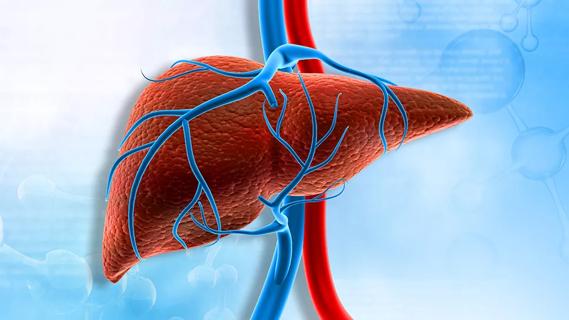
Rare genetic variant protected siblings against seizures and severe hypoglycemia
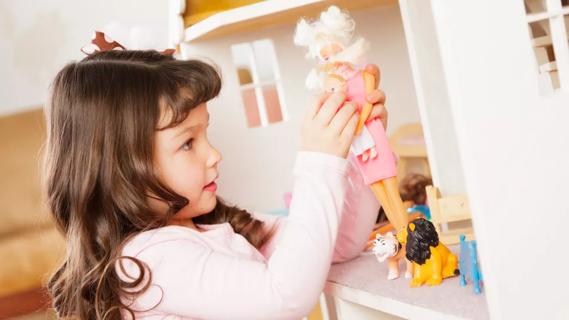
Movie has more positive impact than expected, says Head of Adolescent Medicine
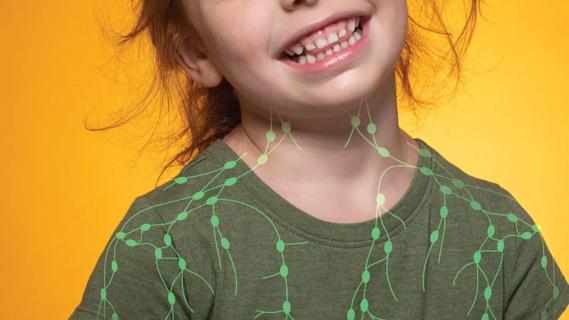
Genetic changes are similar between some vascular anomalies and cancers
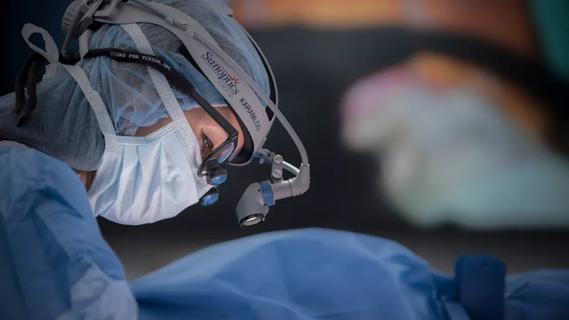
Expert panel advises a two-tier structure for surgical centers
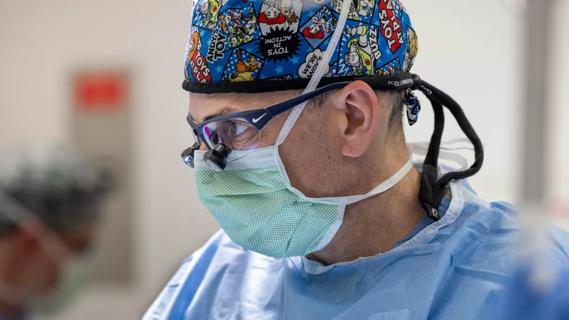
Our new head of pediatric general and thoracic surgery shares his passion and vision
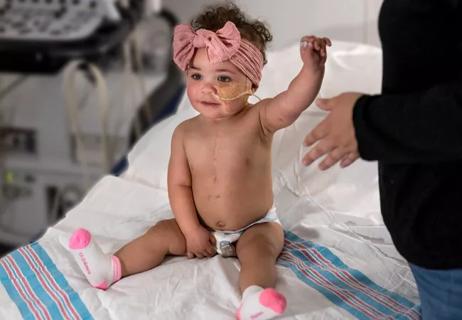
Basic understanding of condition and treatment is lacking